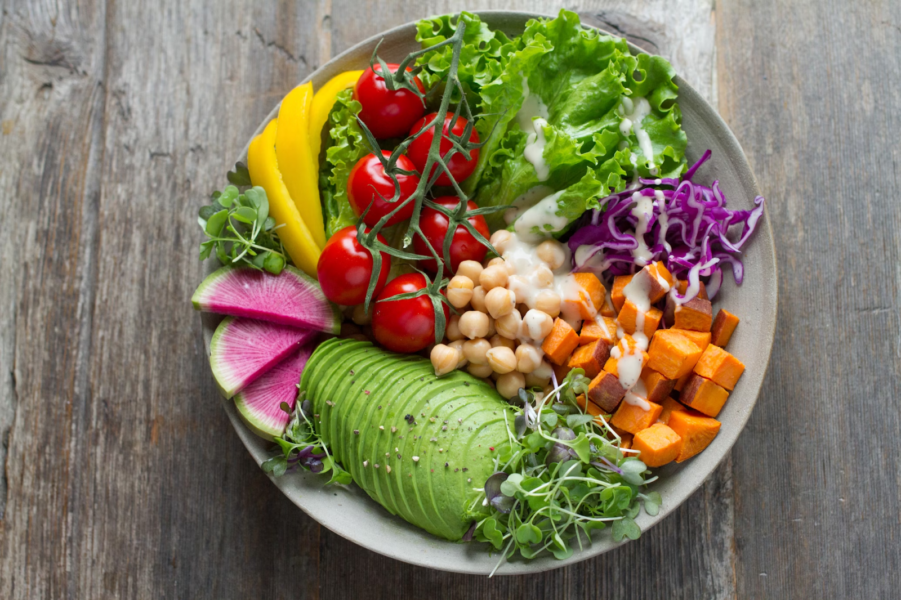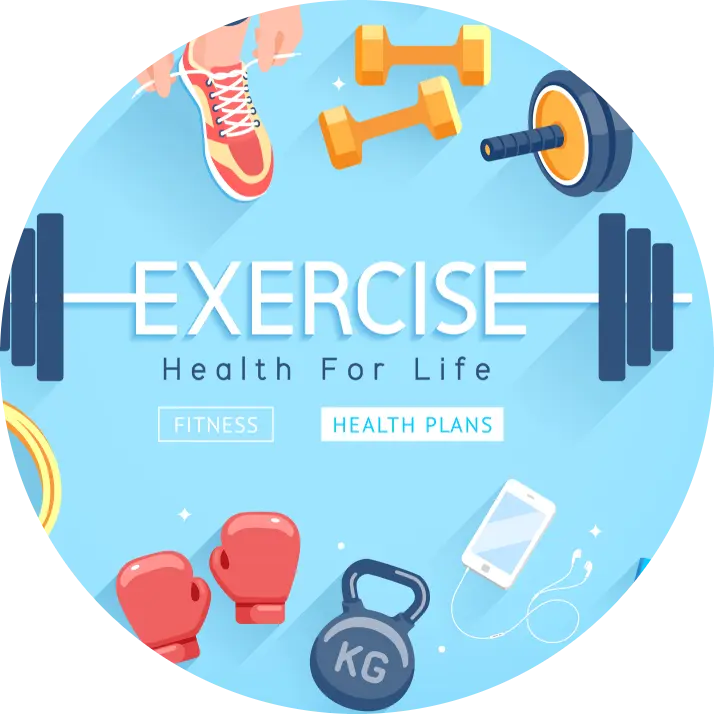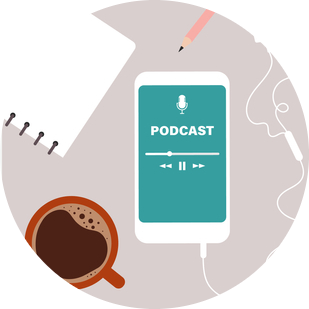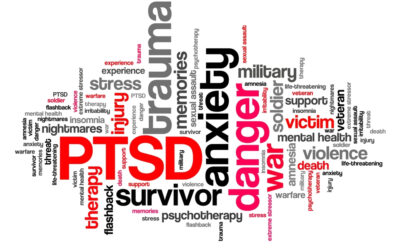Having a cut on your gums can be a painful and uncomfortable experience. Whether caused by accidental injury, brushing too vigorously, or underlying dental issues, a cut on the gums can lead to pain, swelling, and even bleeding.
In this article, we will explore the various causes and symptoms of gum cuts, discuss the available treatment options, highlight preventative measures to avoid such injuries, and provide tips on how to effectively heal and promote gum health.
Understanding the causes, symptoms, treatment, prevention, and healing methods for gum cuts can help individuals better manage and address this common oral health concern.
Causes of Cut on Gums.
1. Toothbrush trauma.
Aggressive brushing techniques or using a toothbrush with hard bristles can cause cuts or abrasions on the gums. Applying excessive pressure while brushing can lead to gum tissue damage.
2. Accidental injury.
Accidentally biting on a hard object or experiencing a blow to the face or mouth can cause cuts on the gums. This can occur during sports activities, falls, or other unforeseen accidents.
3. Dental procedures.

Certain dental procedures, such as tooth extractions, dental implant placement, or orthodontic adjustments, can potentially result in cuts or lacerations on the gums. These cuts are usually caused by instruments or tools used during the procedure.
4. Sharp or broken teeth.
Teeth with sharp edges or fractures can cut the gums, especially if they come into direct contact with the gum tissue. This can occur due to trauma, tooth decay, or teeth grinding (bruxism).
5. Oral appliances.
Ill-fitting oral appliances, such as dentures, braces, or retainers, can cause cuts or sores on the gums. These appliances may rub against the gums, leading to irritation, inflammation, and potential cuts.
6. Gum disease.
Advanced gum disease, such as periodontitis, can cause the gums to become weak, sensitive, and prone to cuts. The presence of bacteria and plaque can lead to inflammation and gum recession, making the gums more susceptible to injury.
7. Oral infections.
Certain oral infections, such as oral herpes (cold sores) or fungal infections like oral thrush, can cause blisters, sores, or cuts on the gums. These infections can be triggered by factors like a weakened immune system or poor oral hygiene.
8. Nutritional deficiencies.
Inadequate intake of essential nutrients, particularly vitamin C, can weaken the gum tissue, making it more susceptible to cuts and other oral health issues.
| 💡 Tips FreakToFit.com It is important to note that if one experiences frequent or severe cuts on the gums, it is advisable to consult a dental professional for a comprehensive evaluation and appropriate treatment. |
Symptoms of Cut on Gums.
Symptoms of a cut on the gums can vary in severity and presentation, but typically include a combination of the following:
1. Bleeding.
One of the most common symptoms is bleeding from the affected area. The gums may bleed easily, especially when brushing teeth, flossing, or consuming hard or crunchy foods.
2. Pain and discomfort.
A cut on the gums can cause pain and discomfort, which may range from mild to severe. The pain can be sharp or throbbing and may worsen with pressure or when eating or drinking.
3. Swelling.
Inflammation and swelling are common signs of a cut on the gums. The affected area may appear swollen, puffy, or red, and it may feel tender to the touch.
4. Gum recession.
A cut on the gums can lead to gum recession, where the gum tissue pulls away from the tooth. This can result in tooth sensitivity, exposed tooth roots, and an altered appearance of the gums.
5. Bad breath.
The presence of a cut on the gums can create an environment where bacteria can thrive, leading to bad breath or unpleasant taste in the mouth.
6. Formation of an ulcer or canker sore.
In some cases, a cut on the gums may develop into an ulcer or canker sore. These small, painful sores can make it uncomfortable to eat, drink, or speak.
7. Difficulty in oral hygiene practices.
Due to tenderness and pain, individuals with a cut on the gums may find it challenging to brush or floss properly, leading to an increased risk of plaque buildup and further gum issues.
| 💡 Tips FreakToFit.com It is important to note that if the symptoms persist, worsen, or are accompanied by fever, pus, or any other concerning signs, seeking prompt dental or medical attention is vital to rule out any underlying infection or serious condition. |
Treatment of Cut on Gums.
1. Rinse with saltwater.
Begin by rinsing your mouth with a warm saltwater solution. This can help cleanse the area, reduce inflammation, and prevent infection. Mix half a teaspoon of salt in a cup of warm water and swish it around your mouth for around 30 seconds before spitting it out. Repeat this process several times a day.
2. Apply pressure.
If the cut is bleeding, apply gentle pressure to the area using a clean, damp cloth or gauze pad. This will help control the bleeding and encourage clotting. Avoid using tissue paper as it can leave behind small fibers that may irritate the wound.
3. Use a cold compress.
To reduce swelling and alleviate pain, apply a cold compress or ice pack wrapped in a thin cloth to the affected area. Hold it against your cheek or jaw for about 10 minutes, making sure not to apply excessive pressure directly on the cut.
4. Avoid irritating foods and drinks.

In order to promote healing, it is advisable to avoid consuming spicy or acidic foods and beverages as they can further irritate the cut on your gums. Opt for soft, non-irritating foods such as yogurt, mashed potatoes, or soups during the healing process.
5. Maintain oral hygiene.
While having a cut on your gums, it is crucial to continue practicing good oral hygiene. Gently brush your teeth twice a day with a soft-bristled toothbrush, being cautious around the injured area. Also, be sure to floss carefully, avoiding the cut as much as possible.
6. Use an antimicrobial mouthwash.
To further prevent infection and promote healing, use an antimicrobial mouthwash recommended by your dentist. This will help kill any harmful bacteria in your mouth and maintain good oral hygiene.
7. Seek professional dental advice.
If the cut is deep, doesn’t stop bleeding, or shows signs of infection (such as excessive pain, swelling, or discharge), it is essential to seek professional dental advice. A dentist will be able to assess the severity of the cut and provide appropriate treatment, which may include sutures or antibiotics if necessary.
| 💡 Tips FreakToFit.com Remember, proper treatment of a cut on your gums is vital to prevent potential complications, such as infection or delayed healing. By following these steps and seeking professional help when needed, you can ensure a speedy recovery and maintain optimal oral health. |
Prevention of Cut on Gums.
1. Gentle Brushing Technique.
Adopting a gentle brushing technique is crucial to safeguarding your gums from cuts. Brushing too vigorously or using a toothbrush with hard bristles can cause irritation and lead to cuts. Instead, opt for a soft-bristled toothbrush and apply gentle, circular motions to clean your teeth and gums effectively.
2. Flossing with Care.
Flossing is an essential part of any oral hygiene routine, but it must be done with care. Improper flossing techniques or using excessive force can injure the gums and result in cuts. Be gentle while sliding the floss between your teeth, ensuring it doesn’t snap against your gums. This way, you can effectively remove plaque and food particles without causing harm.
3. Avoid Abrasive Mouthwashes.
Some mouthwashes contain alcohol or other abrasive ingredients that can cause irritation and cuts on your gums. Opt for alcohol-free or gentle mouthwashes that promote oral health without posing any harm to your gum tissue.
4. Regular Dental Check-ups.
Visiting your dentist regularly is essential for maintaining healthy gums. Dental professionals can identify any underlying issues or signs of gum disease, allowing for early intervention and prevention of cuts. Regular cleanings and check-ups ensure that your gums are in optimal condition and free from any potential harm.
5. Avoid Tobacco Products.
Tobacco products, such as cigarettes and chewing tobacco, are detrimental to gum health. They can cause inflammation, weaken the gum tissue, and make it more prone to cuts and injuries. Quitting or avoiding these products altogether significantly reduces the risk of gum cuts and enhances your overall oral health.
6. Be Cautious with Food.
Some food items, particularly those with sharp edges or extremely hot temperatures, can potentially cause cuts on your gums. Be mindful of your food choices and take precautionary measures when consuming foods that could potentially harm your gums. Cutting food into bite-sized pieces and allowing hot food to cool down before eating can help prevent accidental gum injuries.
7. Stress Management.

Stress can weaken the immune system, making your gums more susceptible to infections and injuries. Incorporating stress management techniques into your daily routine, such as meditation, exercise, or engaging in hobbies, can help strengthen your overall oral health and prevent gum cuts.
| 💡 Tips FreakToFit.com By implementing these preventative measures and maintaining a consistent oral hygiene routine, you can significantly reduce the risk of cuts on your gums. Remember, healthy gums not only contribute to a beautiful smile but also play a crucial role in overall oral health and well-being. |
How to Heal Cut on Gums at Home?
1. Rinse with saltwater.
Mix half a teaspoon of salt in a glass of warm water. Gently swish the saltwater solution around your mouth for about 30 seconds, ensuring it reaches the affected area. Saltwater helps cleanse the wound, reduces inflammation, and promotes healing.
2. Apply a cold compress.
To alleviate pain and reduce swelling, apply a cold compress to the outside of your mouth, near the affected area. Wrap a few ice cubes in a clean cloth or use a cold pack, and hold it against your cheek for about 10 minutes. Repeat this several times a day.
3. Maintain oral hygiene.
Continue to brush your teeth gently twice a day using a soft-bristled toothbrush. Be cautious while brushing around the cut to avoid further irritation. Additionally, flossing should be done with care to prevent aggravating the wound.
4. Avoid irritants.
Steer clear of foods and beverages that can irritate the cut, such as spicy or acidic foods, hot drinks, and alcohol. These can further inflame the area and delay the healing process.
5. Over-the-counter pain relief.
If the cut on your gums is causing significant discomfort, consider taking over-the-counter pain relievers like acetaminophen or ibuprofen. Always follow the recommended dosage and consult a healthcare professional if you have any concerns or underlying health conditions.
6. Maintain a healthy diet.

Consume a well-balanced diet rich in vitamins C and E, zinc, and protein. These nutrients aid in tissue repair and can accelerate healing. Incorporate fruits, vegetables, lean meats, and whole grains into your meals.
7. Stay hydrated.
Drink plenty of water to keep your mouth and body hydrated. Hydration supports overall oral health and can help speed up the healing process.
8. Avoid smoking.

If you are a smoker, refrain from smoking during the healing period. Smoking can delay healing, increase the risk of infection, and further damage the gums.
9. Monitor the healing process.
Keep a close eye on the cut’s progress. If the wound appears to worsen, becomes infected, or doesn’t show signs of improvement within a few days, it is crucial to seek professional medical advice.
| 💡 Tips FreakToFit.com Remember that these home remedies are not a substitute for professional medical care. If your cut is severe, doesn’t heal within a reasonable timeframe, or is accompanied by severe pain or other concerning symptoms, seek immediate assistance from a dental professional or healthcare provider. |
Frequently Asked Questions.
The healing time for cut gums can vary depending on the severity of the cut. Generally, minor cuts may take a few days to a week to heal, while deeper cuts may take a couple of weeks or longer. It is recommended to consult a dentist for proper evaluation and advice on the healing process.
Bottom Line.
A cut on the gums can be a painful and uncomfortable experience, but it is typically a minor injury that can be easily treated and healed. Maintaining good oral hygiene, avoiding sharp objects, and seeking prompt medical attention if necessary are important steps in preventing further complications and ensuring a speedy recovery. With proper care and attention, cuts on the gums can heal quickly, allowing individuals to return to their normal oral health and well-being.

 Workout
Workout
 Meditation
Meditation


 Stories
Stories


 Podcast
Podcast E-book
E-book











